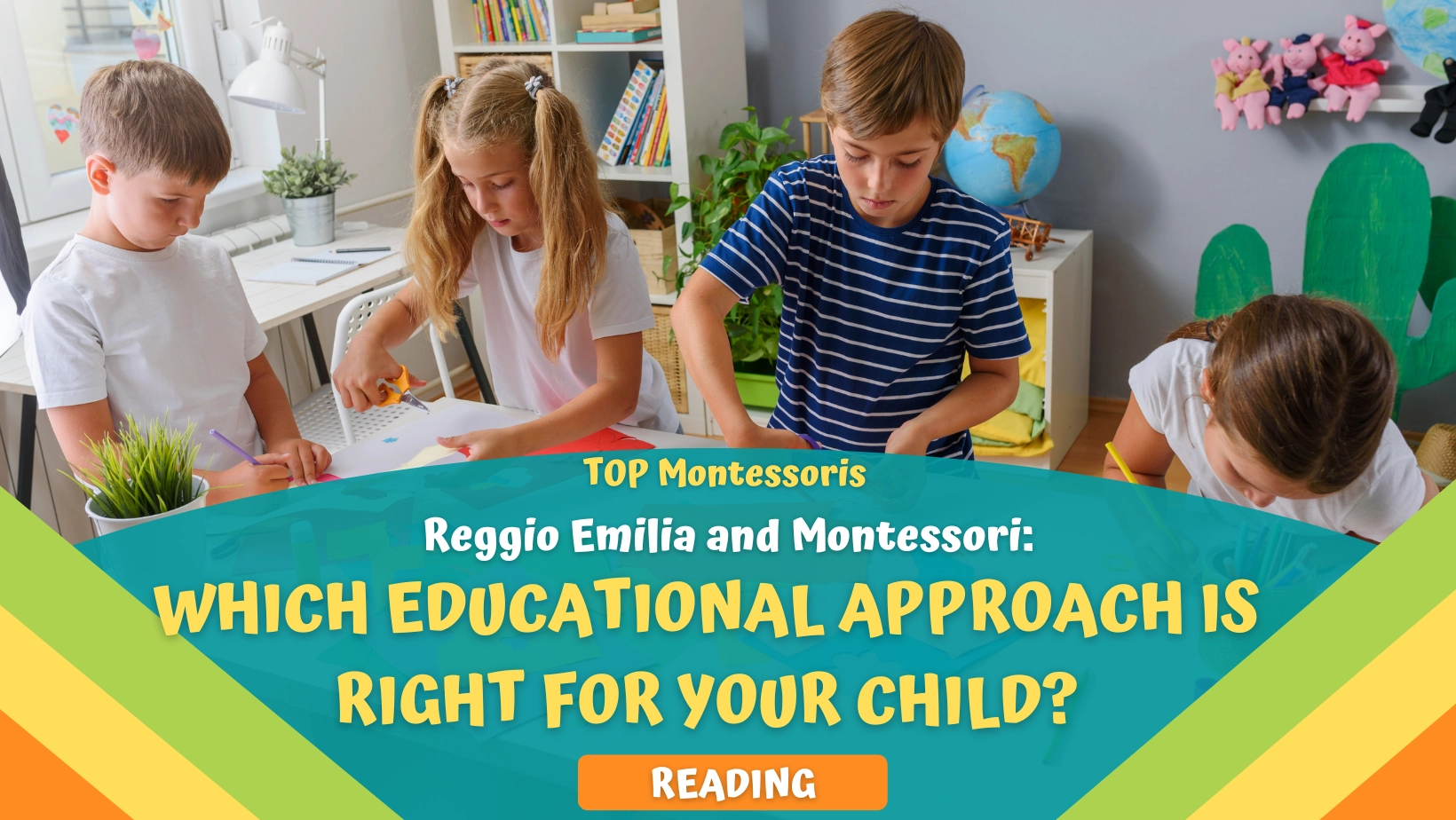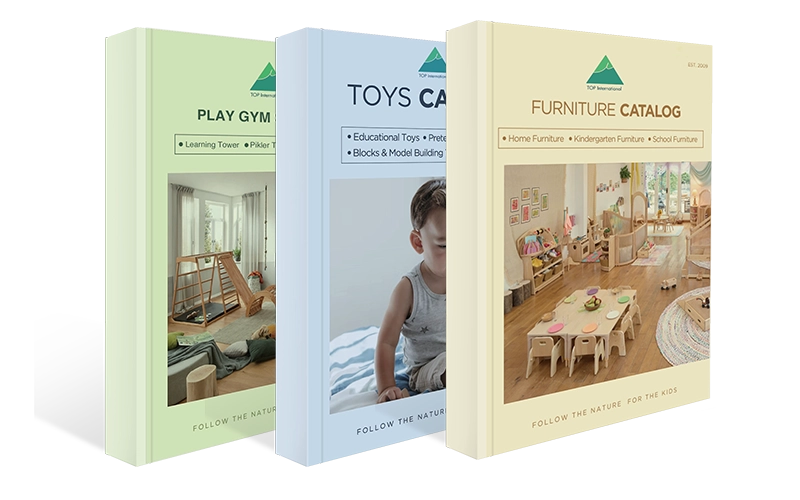お子様にとって適切な教育アプローチを選択することは、学習の過程と発達に影響を与える極めて重要な決断です。幼児教育の分野では、革新的な実践と子ども中心の理念を掲げる2つの哲学が際立っています。 レッジョ・エミリア そして モンテッソーリどちらのアプローチも、子どもたちの自然な好奇心と学ぶことへの愛を育む独自の環境を提供します。しかし、お子様の個々のニーズ、性格、学習スタイルに最も適した方法は、どのように判断すればよいのでしょうか?この記事では、レッジョ・エミリアとモンテッソーリのアプローチの根底にある原則、哲学、そして方法論を紐解き、情報に基づいた決定を下すために必要な洞察を提供します。
レッジョ・エミリアとモンテッソーリのどちらを選ぶかは、それぞれの特徴、指導法、そして教育成果を深く掘り下げることです。創造性、協働性、そして実践的な探究心を重視することで知られるレッジョ・エミリアは、プロジェクトベースの学習を通して、子どもたちが主体的に学習に取り組むことを促します。一方、モンテッソーリ教育法は、専用の教材を用いた体系的な環境の中で、自立心、自分のペースで学ぶこと、そして自己発見を重視します。この記事では、これらのアプローチを比較することで、その相違点と共通点を明らかにし、お子様に最適な教育の道を選ぶためのガイドとなるでしょう。
この探求を始めることで、それぞれのアプローチの理論的根拠だけでなく、お子様の日々の学習体験への実践的な影響も理解できるようになります。レッジョ・エミリアとモンテッソーリ教育の世界をさらに深く掘り下げ、どちらがお子様の教育の旅と個人の成長に理想的な環境を提供してくれるのかを探っていきましょう。
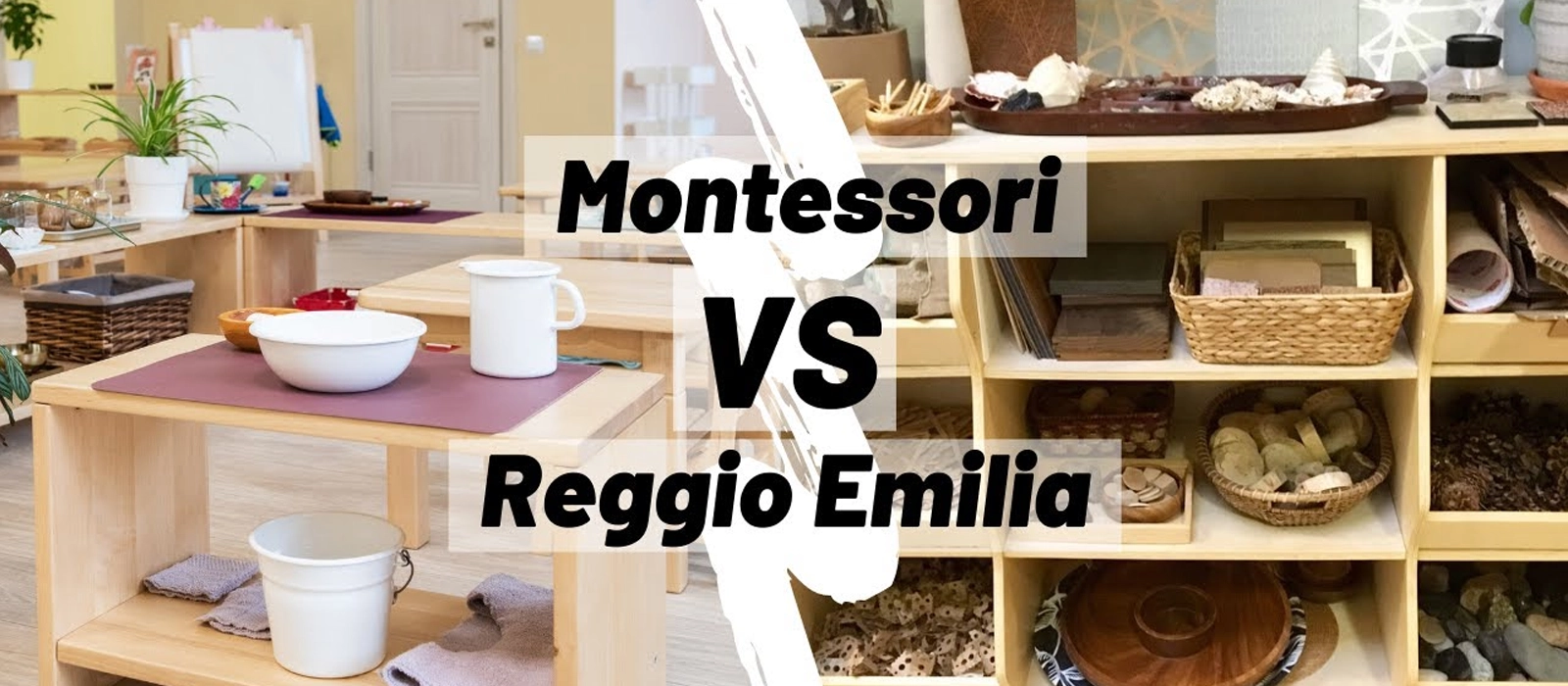
レッジョ・エミリアとモンテッソーリの違い
レッジョ・エミリア教育とモンテッソーリ教育のアプローチはどちらも質の高い子ども中心の教育に取り組むという点で共通していますが、その基本原則、実行、教室のダイナミクスには大きな違いがあります。
主な違いは、カリキュラムの構成と柔軟性にあります。モンテッソーリ教育は、体系的なアプローチを特徴としており、準備された環境の中で自発的に学習できるように設計された特別な教材を用います。この教育法は、幅広い発達段階に対応した教材を用いて、子ども自身のペースで個々の学習と発達を促進します。
一方、レッジョ・エミリアのアプローチはより流動的で、子どもたちの興味に触発されたプロジェクトベースの協働学習を重視しています。この方法は、子どもたちの継続的な興味や疑問に基づいてカリキュラムが進化する、ダイナミックな学習環境を育みます。そのため、レッジョ・エミリアでの体験は、参加者一人ひとりにとって特別なものとなります。
レッジョ・エミリア教育とモンテッソーリ教育の哲学は、間違いなく両立すると言えるでしょう。どちらの教育法も、生徒に多くの主体性と自由を与え、独自のカリキュラムを持ち、生徒、保護者、教師間の交流を促進します。しかし、教室の生徒の年齢層、授業の重点、そして生徒の進歩の記録方法といった重要な違いが、一部の保護者にとって、どちらを選ぶかの判断基準となる可能性があります。

もう一つの根本的な違いは、教師の役割です。モンテッソーリ教育の教師は、直接介入することなく、学習を観察し、促進するガイドとして行動し、生徒の自立と自己発見を促します。一方、レッジョ・エミリア教育の教師は、共に学ぶ者、そして協力者として自らを位置づけ、子どもたちと共に学習プロセスに積極的に関わり、学習過程を記録し、解釈する研究者として活動することがよくあります。
さらに、教室の物理的な配置は、それぞれの哲学の精神を反映しています。モンテッソーリ教育の教室は、様々な活動のための明確なエリアが綿密に構成され、それぞれにモンテッソーリ教育の特別な教材が備えられています。こうした環境は集中力を高め、気を散らすものを最小限に抑え、子どもたちが選んだ活動に深く関わることができるようにしています。一方、レッジョ・エミリア教育の環境は、自然素材を取り入れ、子どもたちの現在のプロジェクトや興味を反映した、美しさと柔軟性で知られています。これらの空間は、好奇心を刺激し、様々な媒体を通して表現することを促すように設計されています。
本質的には、どちらのアプローチも学ぶことへの深い愛情と子どもを一人の人間として尊重することを目標としていますが、これらの目標を達成するための道筋はそれぞれ異なります。モンテッソーリ教育の体系的で個人に焦点を当てた環境は、レッジョ・エミリア教育の協調的でプロジェクトベースの学習環境とは対照的です。それぞれが、子どもの教育体験を形成する上で、親や教育者に独自のメリットと配慮を提供します。
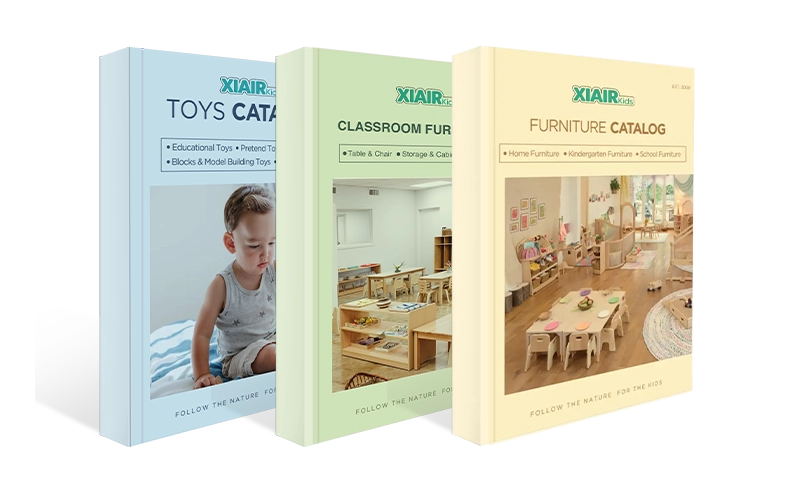
Receive a free catalog and custom layout to help you design your ideal classroom easily.
レッジョ・エミリア学習アプローチとは何ですか?
レッジョ・エミリア・アプローチは、探求と発見を通して子ども中心の学びを重視する、進歩的で革新的な教育哲学です。子どもたちを、能力があり、回復力があり、驚きと知識に富んだ存在と捉え、子どもたちが持つ大きな可能性を活かして周囲の世界を理解することを促します。
レッジョ・エミリアの主要原則と哲学
主人公としての子供
子どもたちは、自分の考えやアイデアを表現でき、学習に積極的に参加する人々として見られます。


第三の教師としての環境
教室は、探究心と創造性を促す美しく魅力的な空間となるように設計されています。
コラボレーションの重視
学習は、子ども、教育者、保護者が関わる共同の社会的プロセスです。
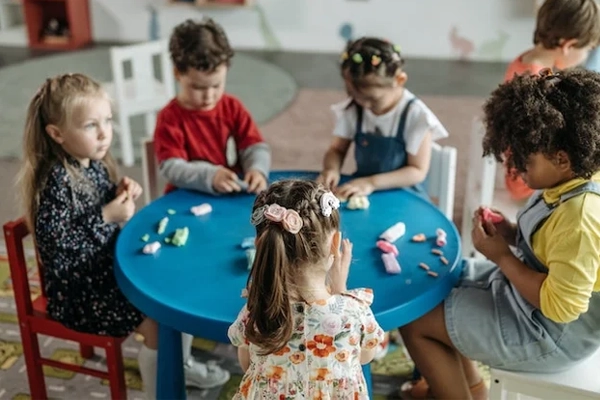
歴史 | レッジョ・エミリア・アプローチはいつ設立されましたか?
レッジョ・エミリア・アプローチは、第二次世界大戦後、イタリアのレッジョ・エミリアで教育者ロリス・マラグッツィと保護者によって開発されました。子どもたちの間に尊敬、責任、そして共同体の文化を育む、新しく進歩的な教育方法を求める人々の願いに応えるものでした。
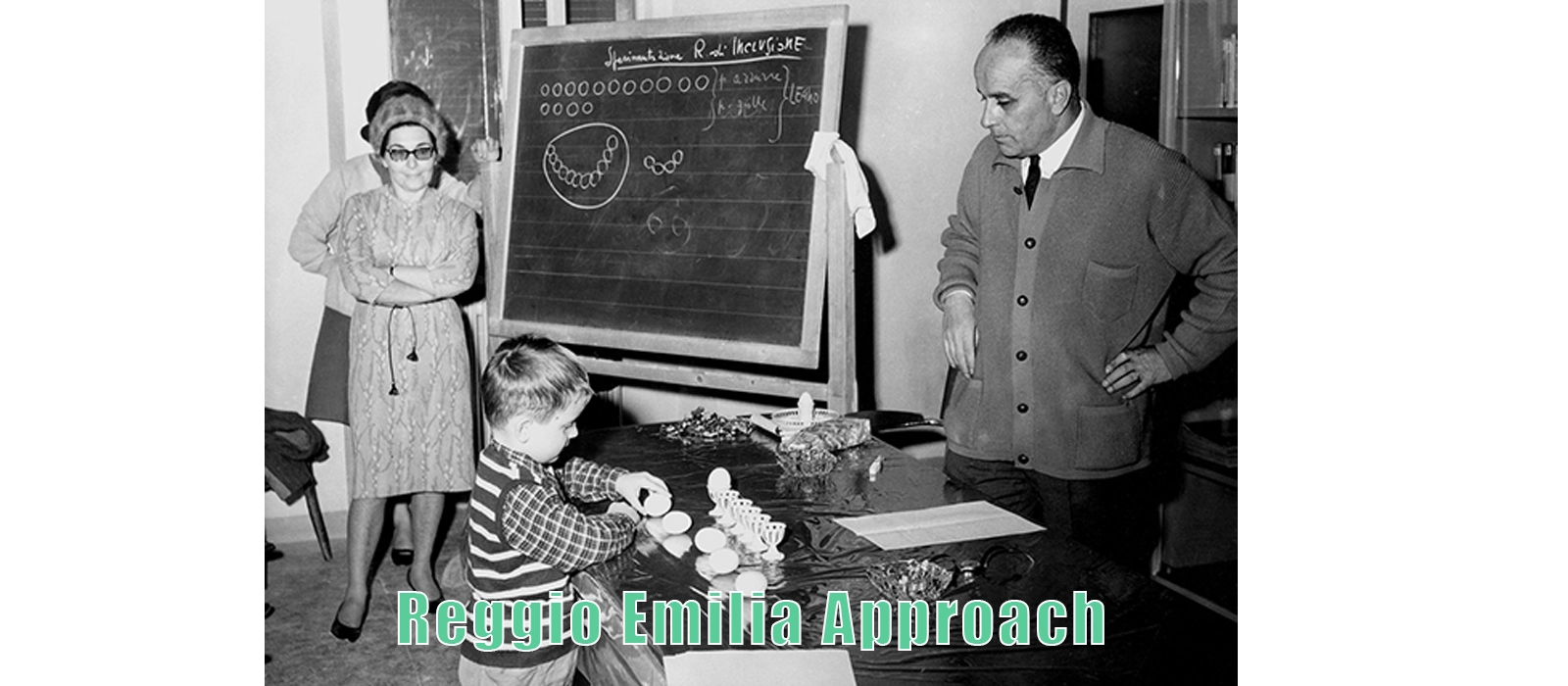
レッジョ・エミリア・アプローチの利点
- 強力なコミュニケーションスキルを養います。
- 創造性と批判的思考を促進します。
- 高度にパーソナライズされた学習体験。
レッジョ・エミリア・アプローチの欠点
- 一部の親が求める構造が欠けている可能性があります。
- 伝統的な学問的スキルをあまり重視しません。
レッジョ・エミリアの教室はどんな感じでしょうか?
教室は、自然光、本物の植物、子供たちの興味や進行中のプロジェクトを反映した素材で満たされた、ダイナミックで適応性のある環境です。
教師の役割 | レッジョ・エミリアにおける教師の役割とは何ですか?
教師は共に学ぶ者、協力者であり、観察を通じて学習プロセスを指導し、子供たちの興味に合ったリソースを提供します。
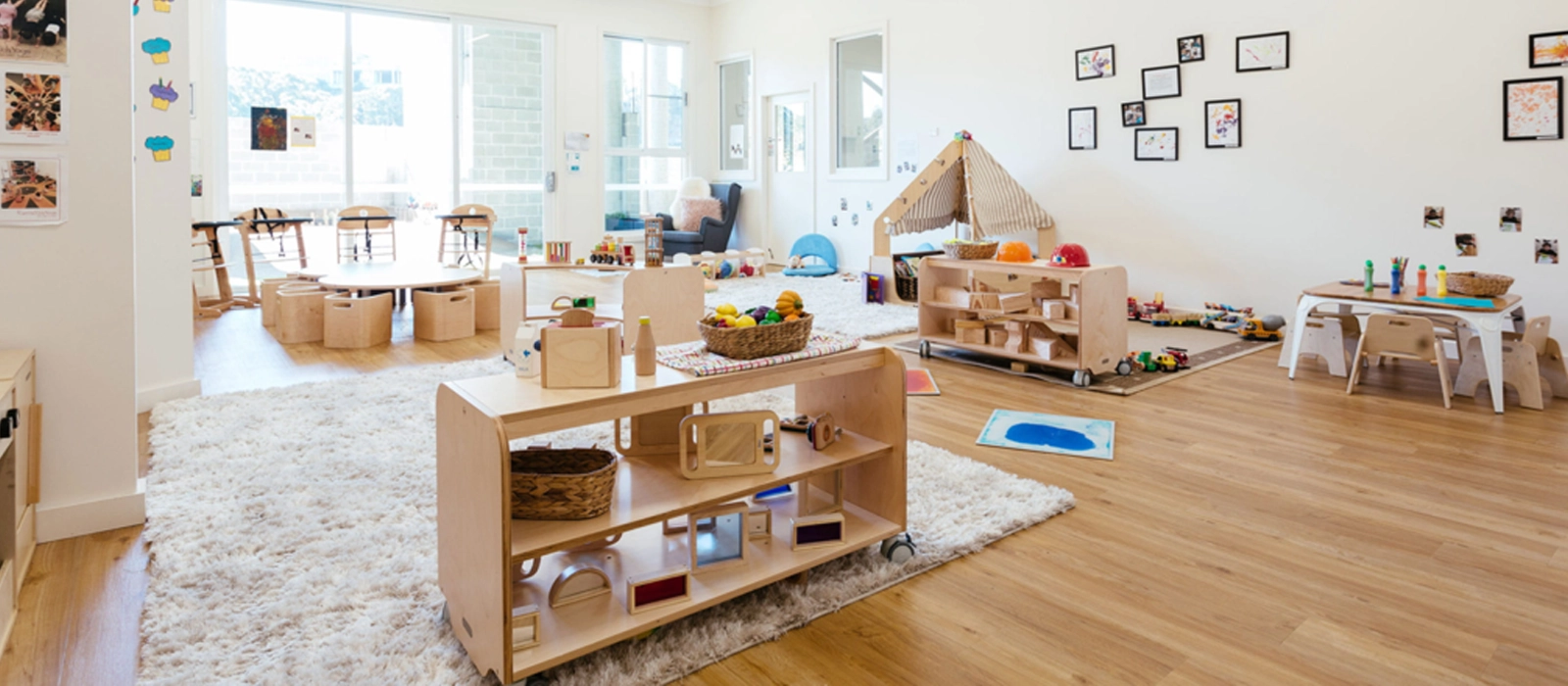
何ですか モンテッソーリアプローチ 学習するには?
その モンテッソーリ プラクティショナー・メソッドとは、綿密に準備された環境の中で、自立した自主的な学習を重視する教育哲学です。子どもたちの自然な発達を促し、その可能性を伸ばすことに重点を置いています。
20世紀初頭にマリア・モンテッソーリ博士によって創始されたこのアプローチは、特別に設計された教材と体系的な環境を用いて学習を促進します。モンテッソーリ教育の哲学は、「子どもたちは、生まれ持った好奇心に導かれ、興味のある活動に取り組むことで最もよく学ぶ」という考えに基づいています。この教育法は、実践的で体験的な学習を促し、生徒たちの自立心、自尊心、そして生涯にわたる学習への愛を育みます。子どもたちが自分のペースで探求し、学ぶ機会を与えることで、モンテッソーリ教育は学力だけでなく、社会性、情緒性、そして実践的な生活スキルの育成を目指します。
モンテッソーリ教育は、子どもの自然な発達と可能性を育む体系的な環境の中で、自立した自己探求を育むことを重視しています。この教育哲学は、個別化された学習パス、実践的な経験、そして支え合う雰囲気を活かし、幼い学習者の包括的なスキルセットを育み、生涯にわたる成功へと導きます。
モンテッソーリ教育の原則と哲学

準備された環境
教室は、子供たちが自分のペースで実践的な体験を通して学習できるように、特別な教材を使用して設計されています。
独立
子どもたちは自分で選択し、自主的に行動することが奨励され、自制心と個人の成長が促進されます。


子どもへの尊重
教育は子ども中心で、子どもの自然な心理的発達を尊重します。
歴史 | モンテッソーリ教育法はいつ創設されましたか?
マリア・モンテッソーリ 20世紀初頭にモンテッソーリ教育法を創始し、1907年にローマに最初の「Casa dei Bambini(子どもの家)」を開設しました。

モンテッソーリ教育のメリット
- 自制心と責任感を育みます。
- 個々の学習スタイルをサポートします。
- 学術スキルの強固な基盤を養います。
モンテッソーリ教育の欠点
- 特殊な材料とトレーニングが必要なため、コストがかかる場合があります。
- より構造化された学習環境やグループ学習環境で成長する子供には適さない可能性があります。
モンテッソーリ教室はどんな感じでしょうか?
モンテッソーリ教室は、子どもたちが簡単にアクセスできる低い棚に教材が並べられた、整然とした環境です。各教室エリアは、実践的な生活スキル、感覚活動、言語、算数、文化学習など、カリキュラムの特定の側面に特化しています。
教師の役割 | モンテッソーリ教室における教師の役割とは何ですか?
モンテッソーリ教師はガイドとして子供たちを観察し、それぞれの子供の発達レベルと興味に応じた新しい教材や活動を紹介します。
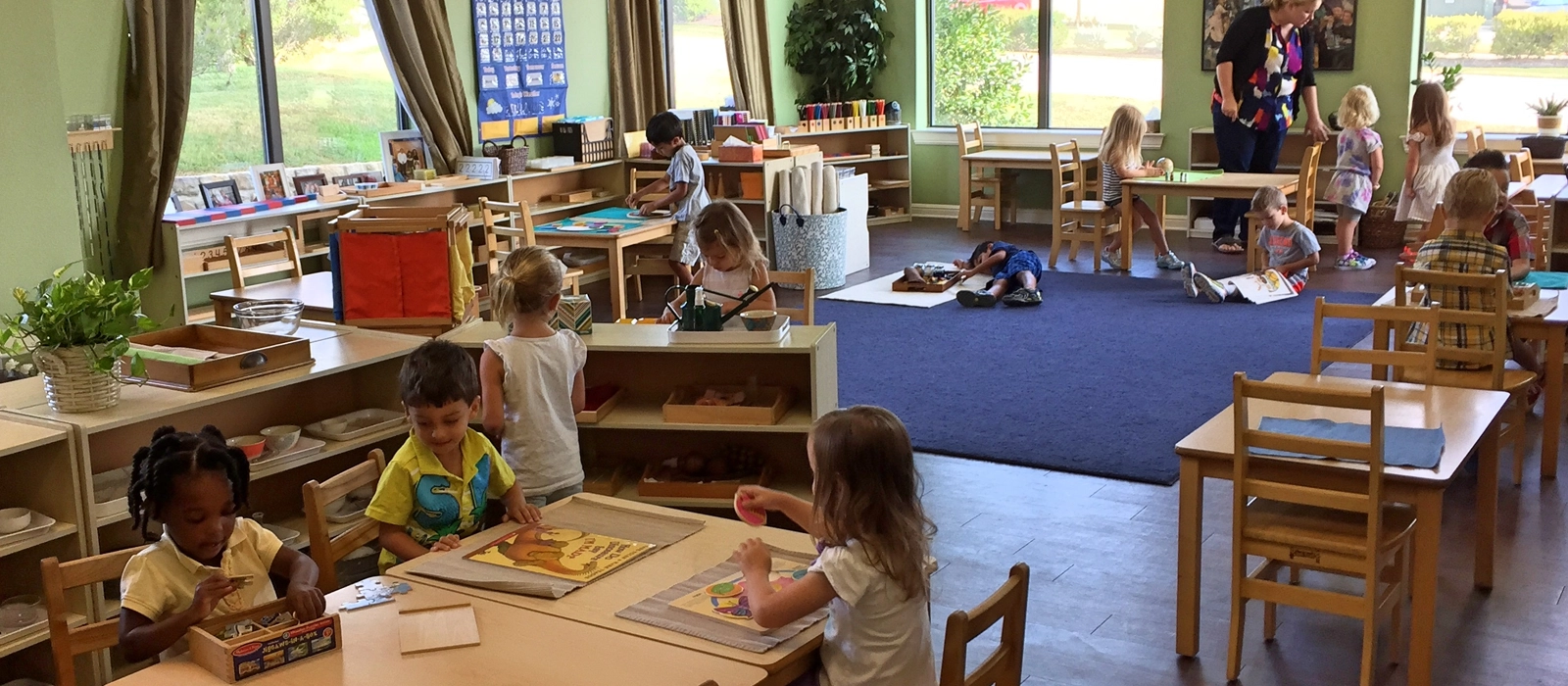
レッジョ・エミリアとモンテッソーリの類似点
レッジョ・エミリアとモンテッソーリ教育は、アプローチこそ異なりますが、共通点も持っています。
- 子供中心の哲学。
- 子どもの可能性と学習ペースを尊重することを重視します。
- 探索と学習を促進するために設計された環境。

レッジョ・エミリアとモンテッソーリは、それぞれ独自の教育枠組みを採用しながらも、幼児教育における育成的なアプローチを重視する根本的な価値観を共有しています。両者の根底にあるのは、子どもを教育体験の中心に据え、学習環境を子どもの自発的な発見を促し、一人ひとりのペースを尊重できるような環境づくりにするという信念です。この共通のビジョンは、自然な探究学習プロセスを支援し、促進する環境づくりへの共通のコミットメントを強調し、幼い学習者がその可能性を最大限に発揮できるよう支援するという、両者の献身的な姿勢を裏付けています。

Receive a free catalog and custom layout to help you design your ideal classroom easily.
レッジョ・エミリアとモンテッソーリ教育のどちらを選ぶかを決める際に考慮すべき要素
- お子様の学習スタイルと性格。
- 創造性と構造のどちらに価値を置くか。
- 学業の準備と伝統的なスキルの重要性。
レッジョ・エミリアとモンテッソーリのどちらを選ぶかは、お子様の個性を評価し、想像力の自由と体系的な学習のどちらを重視するか、そして基礎的な学力のスキルを優先するかによって決まります。この選択によって、お子様の本来の資質と教育への意欲に合った学習の道筋が形作られます。
あなたのお子様に最適な教育アプローチはどれでしょうか?
モンテッソーリ教育とレッジョ・エミリア教育のどちらを選ぶかは、お子様の気質、興味、学習スタイルによって異なります。選択する際に考慮すべき要素をいくつかご紹介します。
- あなたのお子さんは自立していて自発的でしょうか? お子様が明確な期待を持つ体系的な環境で成長し、自主的に活動することを楽しんでいる場合は、モンテッソーリ教育法が最適かもしれません。
- あなたのお子さんはコラボレーションと創造性が好きですか? お子様が他の人と協力したり、グループディスカッションに参加したり、自由なプロジェクトを探究したりすることに興味がある場合、レッジョ・エミリアは理想的な学習環境を提供できるかもしれません。
- より構造化されたカリキュラム、またはより柔軟なカリキュラムをご希望ですか? モンテッソーリ教育は体系的なカリキュラムを提供するのに対し、レッジョ・エミリア教育は柔軟性があり、子どもたちの興味に基づいて進められます。柔軟性とより個別化された学習パスを重視するなら、レッジョ・エミリア教育はあなたの目標に合致するかもしれません。
結局のところ、モンテッソーリ教育とレッジョ・エミリア教育は、成長と発達を促す豊かで育成的な環境を提供します。重要なのは、お子様の個性と学習の好みを考慮し、最適な教育プランを選択することです。
一目でわかる:レッジョ・エミリア・アプローチ vs. モンテッソーリ・アプローチ
レッジョ・エミリアとモンテッソーリ教育はどちらも子ども中心の教育を重視していますが、その方法は異なります。レッジョ・エミリアは協働学習と創造性を重視し、子どもの興味・関心を反映した環境を育みます。一方、モンテッソーリ教育は、個々のニーズに合わせた体系的な環境の中で、自立した自発的な学習を促進します。
| 特徴 | レッジョ・エミリア | モンテッソーリ |
|---|---|---|
| 集中 | 協働学習と創造性 | 独立した自主学習 |
| 環境 | 子どもの興味を反映 | 特定の学習教材で準備 |
| 教師の役割 | 共同学習者およびファシリテーター | ガイドと観察者 |
モンテッソーリ教室はどんな感じでしょうか?
あ モンテッソーリ教室 子どもの 独立 そして 自主学習スペースはシンプルで整理され、促進するために構造化されています 集中 そして 婚約モンテッソーリ教育環境の重要な特徴の一つは 移動の自由子どもたちは教室内を動き回り、活動を選び、自分のペースで学習することが奨励されます。教室は以下のような特定のエリアに分かれています。 実生活, 感覚的, 数学, 言語、 そして 文化研究子供サイズの家具や資材を備え、アクセスしやすく、一人でも簡単に使用できます。
レッジョ教室はどんな感じでしょうか?
対照的に、レッジョ・エミリアの教室は、創造性、協働、そしてコミュニケーションを育むために設計された、ダイナミックで柔軟な空間です。レッジョ・アプローチでは、環境を「第三の教師」として重視し、物理的な空間が子どもの学習と発達に不可欠な役割を果たします。レッジョ・エミリアの教室では、レイアウトがよりオープンで流動的であり、子どもたちが仲間や環境と有意義な交流をすることができます。教室には、自然素材、自由に使える物、そして創造的な探求、協働プロジェクト、そして内省的な学習を促すツールが豊富に用意されています。
レッジョ・エミリアとモンテッソーリの教室はどちらも子ども中心の学習をサポートしていますが、その設計と哲学は大きく異なります。モンテッソーリの教室は構造と自立性を重視し、自主学習のための明確な空間と教材を提供します。一方、レッジョ・エミリアの教室は柔軟性、協調性、創造性を促進し、発達のための中心的なツールとして環境を重視しています。
結論:お子様の教育について十分な情報に基づいた決定を下す
レッジョ・エミリアとモンテッソーリのどちらを選ぶかは、お子様の個々のニーズを踏まえ、それぞれのアプローチの理念、メリット、そして限界を理解することが重要です。学校を訪問し、教室を見学し、教育者と話をして、それぞれの環境がもたらす効果を実感してください。最終的には、お子様の個性に合った、学びと成長への愛を育む最適な選択となるでしょう。
詳細な比較と提供された洞察を考慮することで、お子様の教育の道のりと個人の発達を支援するための情報に基づいた決定を下すことができます。 TOP モンテッソーリ、私たちは、教育スペースに子供中心の育成環境を作り出すのに役立つ、高品質のレッジョ・エミリアとモンテッソーリ教育にヒントを得た家具と学習リソースを提供することに尽力しています。

